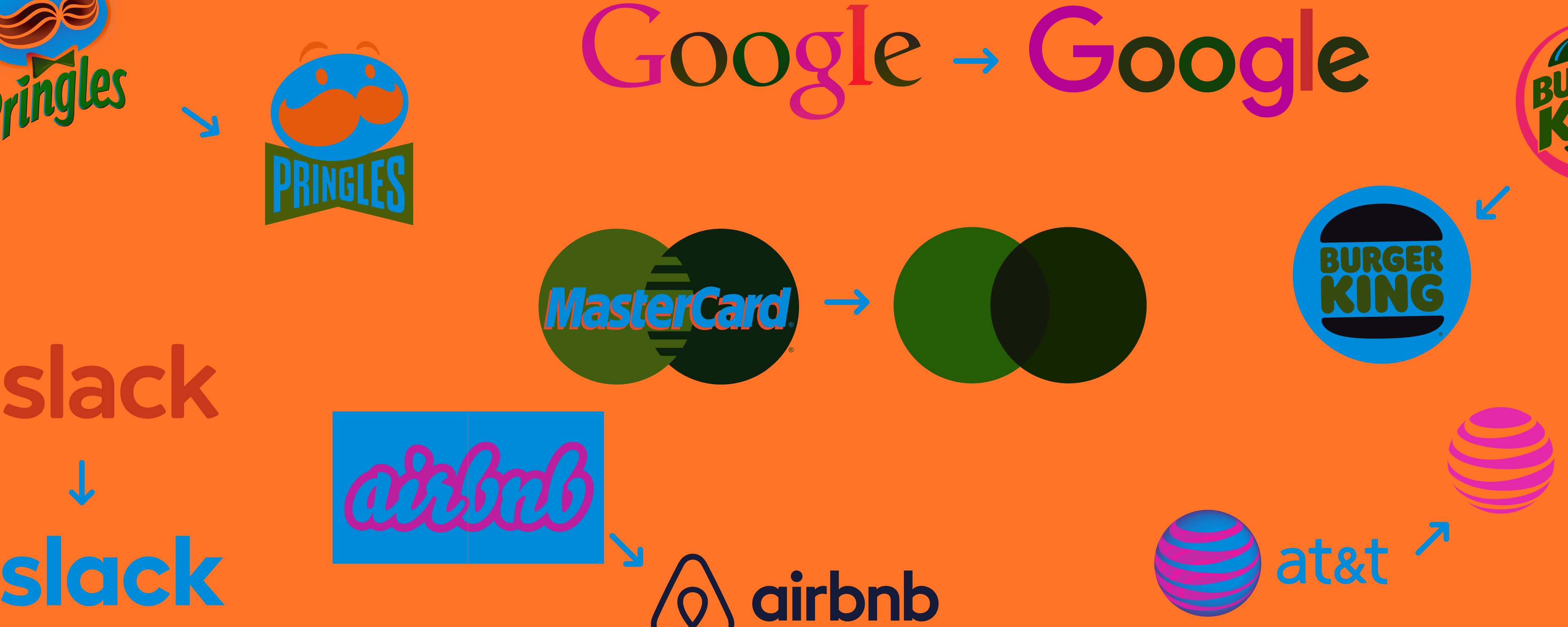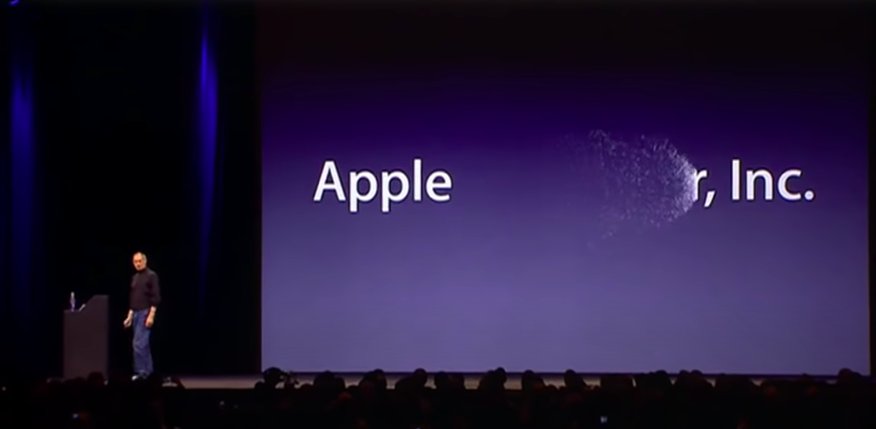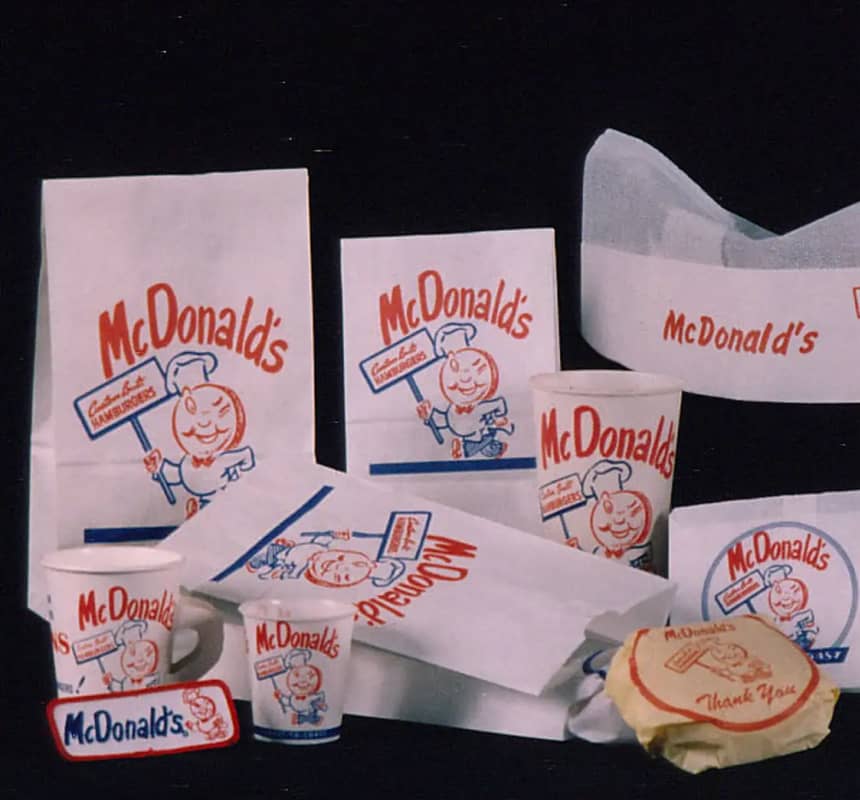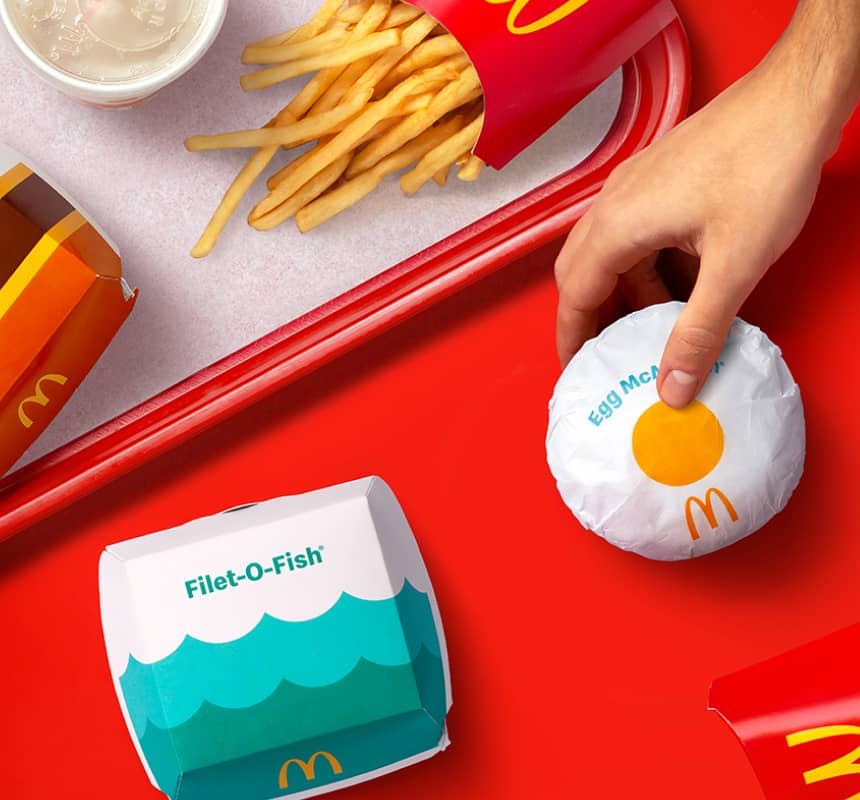Checklist: Everything you need for a successful rebranding


| Rebranding is the process of altering a brand's positioning and visual identity to shift how customers perceive it. This comprehensive guide will walk you through the stages of rebranding, helping you to understand the goals, strategies, and practical steps needed to effectively refresh your brand. |
1. Define your rebranding goals
Companies pursue rebranding for various reasons such as improving brand visibility, increasing sales, scaling operations, or recovering from a reputational setback. Understanding your primary goals will help you tailor your rebranding strategy effectively.
- Improve Brand Awareness: Update your design to prevent your brand from appearing outdated.
- Rebuild Reputation: Address past controversies and reposition your brand positively.
- Adapt to New Markets: Modify your brand to align with new product lines or target demographics.
2. Decide what to change
Rebranding can involve several elements:
- Design: Refresh your visual identity to stay current.
- Logo: Update the logo to reflect a new direction or to modernize its appearance.
- Corporate Identity: Revamp the overall look of your brand materials.
For instance, if your company has been in business for a long time, sooner or later the design will become obsolete. To avoid looking dated, you need to update the design.
|
|
|
McDonald's packaging from 1955 to 1961
|
McDonald's packaging from 2021
|
Show that your brand has changed in terms of direction, moving to another segment, or starting to sell new products.
That’s what was happening in 2007 when Apple rebranded. Previously called Apple Computer, when the iPhone, iPod and Apple TV came on the scene, the word ‘computer’ had to be dropped.
 |
The Birth of Apple Inc., 2007
|
Strengthen your position.
Positioning is how a company communicates about itself, products, and customers.
For example, Nike presents itself as a brand for athletic, aspirational people who get out there and achieve their goals. All advertising from this company conveys this message.
|
|
|
Photo: Nike |
Photo: Nike |
Positioning helps you to differentiate from competitors and build customer loyalty. Nike sells sneakers — sure — but to successful people.
Tell people about the new owners of the company.
Rebranding of this nature is usually carried out after mergers and acquisitions.
For example, after Disney bought the 20th Century Fox film studio, the word ‘Fox’ was removed from the studio’s name. This removed any association with the Fox News company, which it previously owned.
Restore your reputation.
Rebranding helps to correct the image of the company in the wake of a scandal, and shows consumers that the brand is ready to change.
A well-known example of reputational rebranding is Victoria's Secret. The brand built its success on the sexuality of the ‘angels’ — models who advertised the company's underwear. But the world has changed and these brand values have become obsolete. In 2018, the company was accused of transphobia and fat-shaming, and in 2019 the brand was forced to close 50 of its stores in the US and Canada due to unprofitability. After that, the brand carried out a large-scale rebranding, abandoning the ‘angels’, inviting women to sit on the board of directors, updating product design, and making their underwear less sexy and more comfortable.
|
|
|
Instagram Victoria's Secret in 2019
|
Instagram Victoria's Secret in 2022
|
3. Set measurable rebranding metrics
It’s important to be able to measure the results of your rebrand. ‘To make the design prettier’ is not a good reason to rebrand because you can't check if the result has been achieved or not. The same packaging will be beautiful for some, but not for others.
‘To increase sales by 15%’, on the other hand, is a good goal, because it’s measurable. It’s possible to track the success and failure of this rebrand.
In addition, if the rebranding result is tied to specific indicators, it’s easy to make adjustments along the way. In 2009, Tropicana redesigned the packaging, spending $35 million on it. But after just 6 weeks, juice sales had dropped by 20%. It turned out that because of the design, people in stores could not quickly understand which company's juice was in front of them, and they bought other familiar brands. The brand had to bring back the old design.
 |
Photo: Tropicana Products, Inc. |
4. Conduct a brand audit
After the rebranding goal is chosen, it’s necessary to conduct a brand audit. An audit is a brand analysis carried out by a marketer, branding agency or design studio.
The specialist compares the brand with competitors, finds out how the audience perceives the company, what strengths and weaknesses they see. Focus groups are assembled and in-depth interviews are conducted.
The audit should be carried out to achieve a specific task. For example, if a marketing strategy needs to be changed, people will be asked what they like and dislike about brand advertising. And if the packaging design changes, the marketer will find out if the brand's products are visible in the store.
5. Make a list of what you will change
Decide exactly what you're going to change, and make a list. This is necessary to understand which specialists to contact. Also, it will save you some money.
So, if you need to update the logo, corporate identity, fonts and color palette, a designer is enough. But, if you need to change the design of all products and the advertising policy of the brand, it might be cheaper to hire an agency than to pay a designer, photographer, marketer, videographer and copywriter separately.
6. Assemble your team or use self-service tools
A large-scale rebranding requires a team of specialists. Usually, this includes an art director, creative director, brand strategist, marketer, designers, copywriters, photographers and videographers. Large teams are needed to restart a brand or overcome a reputational crisis.
At the same time, to update a corporate identity, a designer or access to tools for independent rebranding are enough.
For example, Ironov, a neural network developed by a well-known design studio, can create comprehensive corporate styles. For $290, you get up to 999 different logo options designed based on a description of your company. Aside from the logo itself, you also get a corporate pattern, color palette, templates for printing and social networks, and examples of merchandise design.
Here's what it looks like.
 |
 |
 |
 |
 |
 |
 |
7. Communicate the changes
Once rebranding is complete, inform your audience through:
- Advertising Campaigns
- Press Releases
- Social Media Posts
Ensure that the messaging aligns with your new brand values.
8. Use our rebranding check list
We made a checklist to help you tick off the stages of work on rebranding as you go. Download it, print it out, and track your progress.
P.S. If you still need your logo to look like no other logo in the world, buy a subscription to Nikolay Ironov. This neural network generates a completely unique design that no living person could ever come up with. And, yes, he can do standard logos, too.








